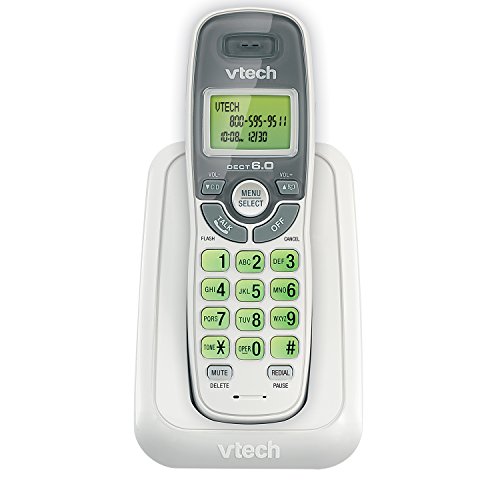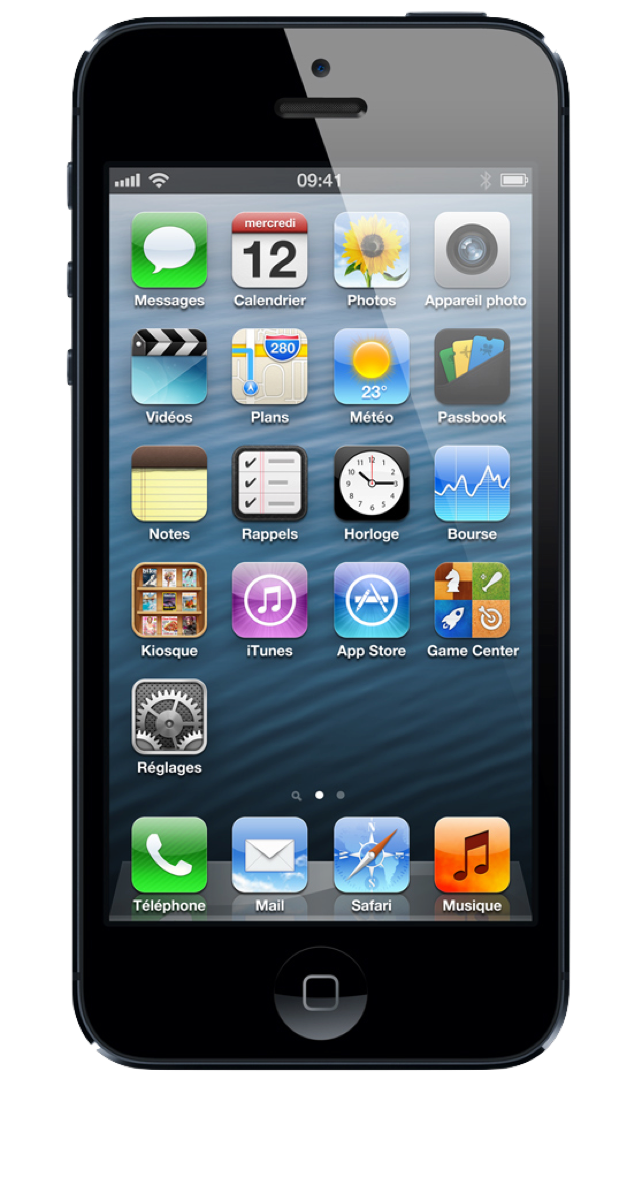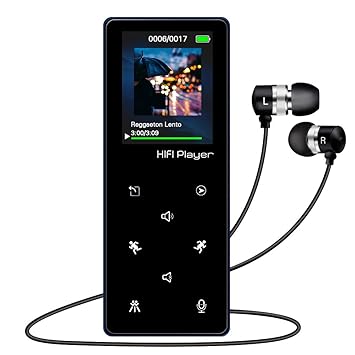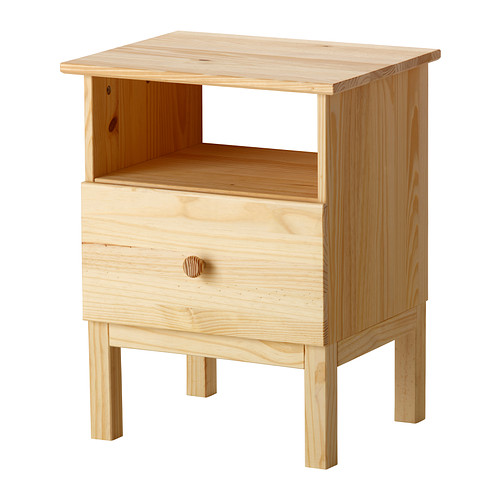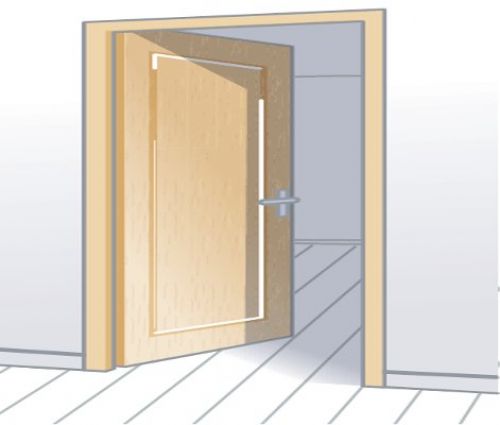Monsieur McKennaTeacher of French On ne change pas une équipe qui gagne. -French proverb“One does not change a winning team.” In other words, if it ain’t broke, don’t fix it. Email: mckennaj@lcmrschools.com | Phone: (609) 884-3475LCMR School District - 687 Route 9, Cape May, NJ 08204 |
| HOME | French I | Foreign Language for Everyone | French Club | Links |
Unité 4 Le monde personnel et familier
Leçon 9: Les personnes et les objets
OBJECTIVES
A. VOCABULAIRE La description des personnes → How to describe someone:
une personne une personne
→ Une personne is always feminine whether it refers to a male or female person. → Un professeur is always masculine whether it refers to a male or female teacher. However, in casual French, one distinguishes between un prof (male) and une prof (female).
B. VOCABULAIRE Les objets → How to identify something: Qu’est-ce que c’est? What is it? What’s that? —Qu’est-ce que c’est? → How to say that you know or do not know: Je sais. I know. → How to point out something: —Regarde ça. Look at that.
Quelques objets (A few objects)
C. VOCABULAIRE Les affaires personnelles (personal belongings) → How to talk about things you have: Est-ce que tu as … ? Do you have … ? —Est-ce que tu as une moto?
→ How to ask if an object works: —Est-ce que la radio marche? Does the radio work? → The verb marcher has two meanings:
RAPPEL Masculine nouns can be replaced by il.
Feminine nouns can be replaced by elle.
D VOCABULAIRE Ma chambre (My room) → How to talk about what there is in a place: il y a there is Dans (In) ma chambre, il y a une télé.
est-ce qu’il y a … ? is/are there … ? Est-ce qu’il y a un ordinateur dans la classe? qu’est-ce qu’il y a … ? what is there … ? Qu’est-ce qu’il y a dans le garage?
Dans ma chambre
→ How to say where something or someone is:
Les prépositions: PowerPoint
Quizlet Live
E. VOCABULAIRE L’équipement électronique
Warm up activities Vidéo Activités Vidéo Activités Worksheet
Audio Activités Audio Activités Worksheet
Les devoirs (homework)
Quiz 9 Script
|








